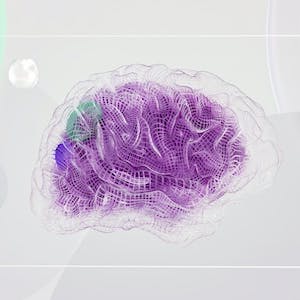The neuro-inflammatory perspectives on the application and utilization of ursodeoxycholic acid in schizophrenia

Accepted: 2023 August 10
All claims expressed in this article are solely those of the authors and do not necessarily represent those of their affiliated organizations, or those of the publisher, the editors and the reviewers. Any product that may be evaluated in this article or claim that may be made by its manufacturer is not guaranteed or endorsed by the publisher.
Various research methods to treat schizophrenia have experienced conflicting etiological theories through their evolution, with diverse emphasis on genetic, physiological, biochemical, and psychological aspects. However, major breakthroughs have not been reached despite decades of research on schizophrenia. This article aims to provide perspectives on research findings and cast light on the potential involvement of bile acid metabolism in schizophrenia and its impacts on the neuro-inflammatory response. These results can be exploited to identify new leads for drug treatment through an enhanced understanding of disease pathophysiology.
How to Cite

This work is licensed under a Creative Commons Attribution-NonCommercial 4.0 International License.
PAGEPress has chosen to apply the Creative Commons Attribution NonCommercial 4.0 International License (CC BY-NC 4.0) to all manuscripts to be published.

 https://doi.org/10.4081/mw.2023.1
https://doi.org/10.4081/mw.2023.1



